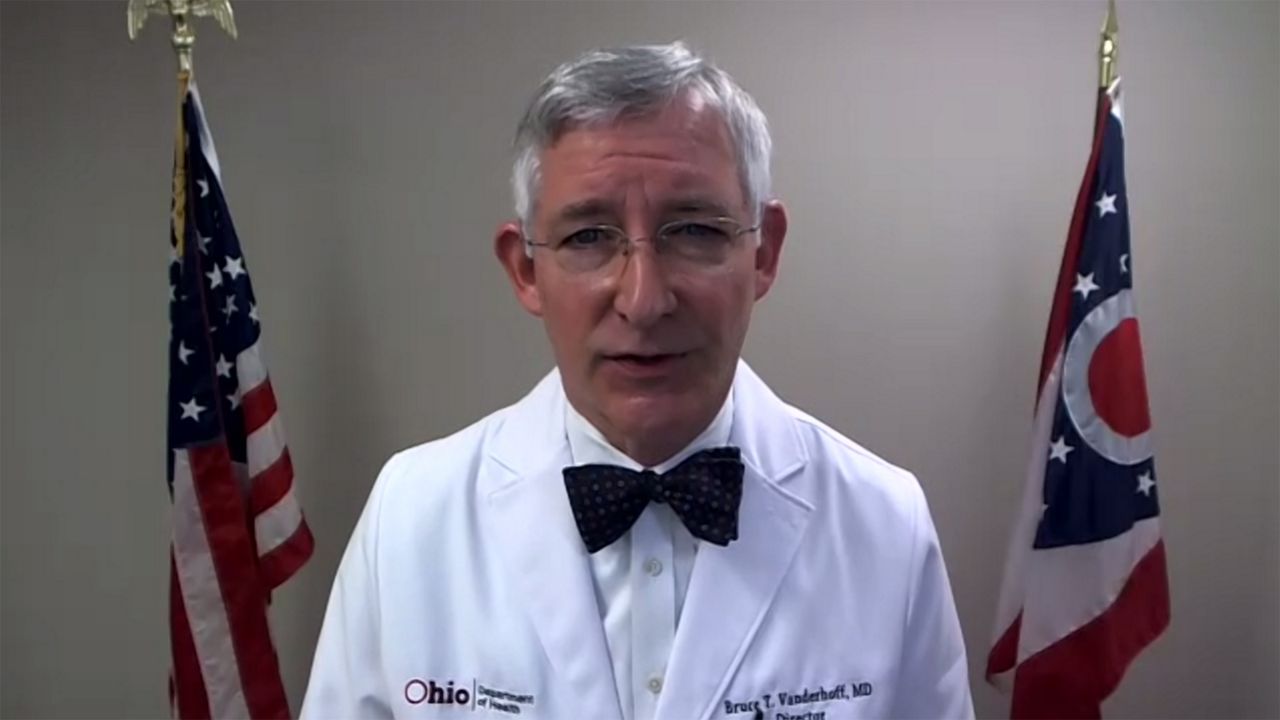COLUMBUS, Ohio — The Ohio Department of Health is working with more than 3,800 providers to prepare for a possible approval to begin vaccinating younger children for COVID-19, officials said Thursday.
What You Need To Know
- Federal regulators are expected to consider approving the Pfizer vaccine for young kids
- The federal government began taking orders this week for the lower dose version
- Ohio officials said they look forward to more families possibly getting access to the vaccine
Later this month, federal regulators are expected to consider approving a lower dose of the Pfizer vaccine for children 6 months through 4 years old.
Ohio Health Director Dr. Bruce Vanderhoff said the state’s partners include pediatricians, family doctors, health departments, hospitals and pharmacies. Vanderhoff said Ohio providers will be ready to offer the shots immediately, should the vaccine be approved for this age group.
“We, of course, anticipate that there will be robust conversation among the nation’s top experts on immunization when they meet over the next several weeks, particularly as they’re reviewing safety and effectiveness of the vaccine for this youngest age group in the face of continuing trials for what could be a third dose for that population,” Vanderhoff said.
Pfizer studied 3 microgram doses for this age group, which is less than the 10 micrograms per shot for children ages 5 to 11 and the 30 microgram vaccines for those 12 and older. The new version of the vaccine would ship in vials with maroon caps.
The federal government began allowing orders earlier this week for a limited initial supply of this formulation. The vaccines could be shipped following an emergency use authorization, so that providers can begin vaccinating upon approval from the Centers for Disease Control and Prevention.
It’s similar to the process that took place in the fall for the rollout of the pediatric version for children ages 5 to 11. In Ohio, 24.3% of children in that age group have started the vaccination process, according to state data.
Vanderhoff said he looks forward to the possibility of more families having access to vaccines for their children.
“While there’s no doubt that children are generally less likely than adults to become severely ill with COVID-19, we need to remember that they most certainly can and unfortunately do become ill, even seriously ill, and can suffer lasting complications from the virus,” Vanderhoff said.
Children’s hospitals in Ohio saw “significant surges” in child COVID-19 hospitalizations during the omicron surge, he said.
“Just as with the adults, these cases sadly were also largely among those who were not vaccinated,” he said.
Healthy children who contract COVID-19 can develop the post infection condition MIS-C — multisystem inflammatory syndrome in children, which can become severe, said Dr. Sara Bode, a pediatrician at Nationwide Children’s Hospital in Columbus. Bode said vaccinated children who contract COVID-19 are less likely to develop this condition.
Nationwide Children’s Hospital has also seen very young kids require hospitalization while they are battling the virus.
“Younger kids, even without underlying health conditions, can often need hospitalization due to COVID-19 because of their respiratory status, so just like when we think about, for example, RSV virus and talking about our youngest kiddos and getting hospitalized because they’re having some difficulty breathing in the acute period, that is also something that can occur in young children as well,” she said.
During the Ohio Department of Health’s news conference Thursday, Vanderhoff also addressed the question of masks in schools. When cases and hospitalizations were higher this school year, state officials pleaded with school districts to require masks.
Hospitalizations have declined significantly in Ohio, but because the numbers remain rather high, Vanderhoff said families should still consider masking.
“As we’re looking at COVID and it continues to evolve in our state, our perspective is that Ohioans need to make personal choices to protect themselves, their families and their communities,” Vanderhoff said.



